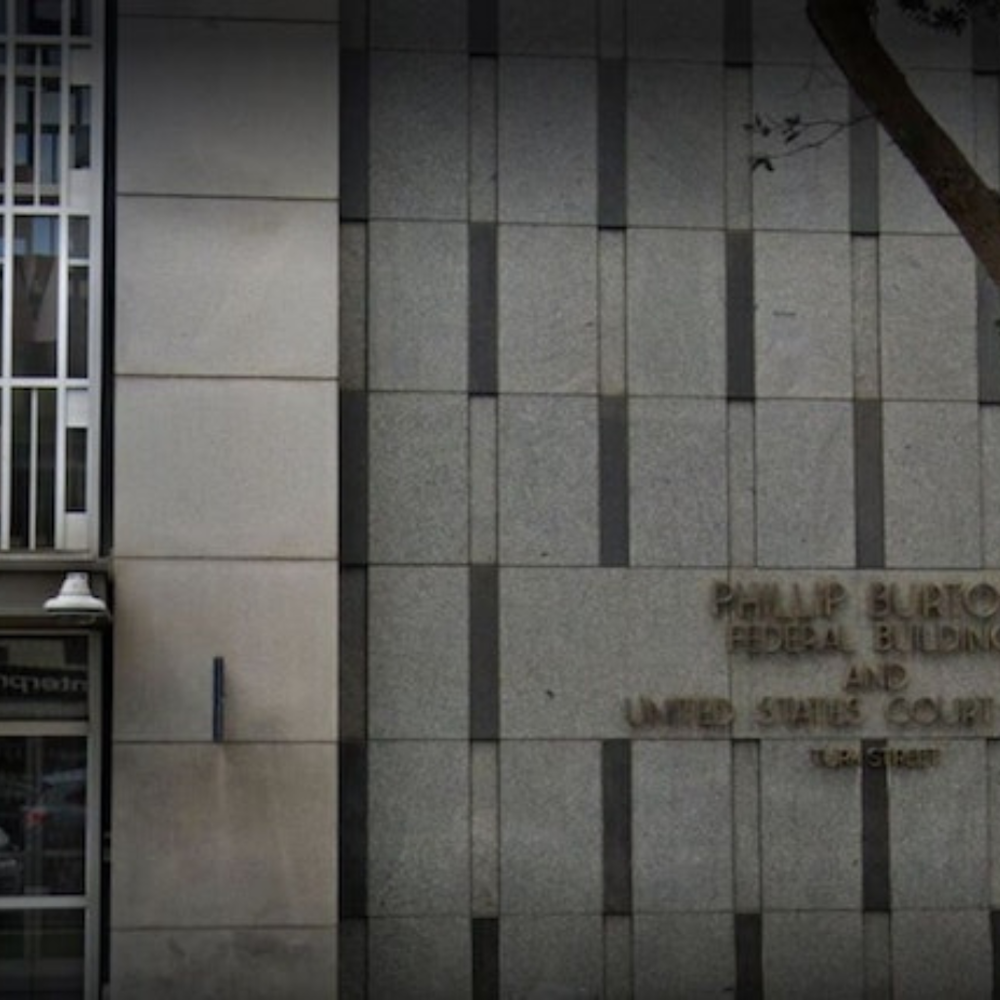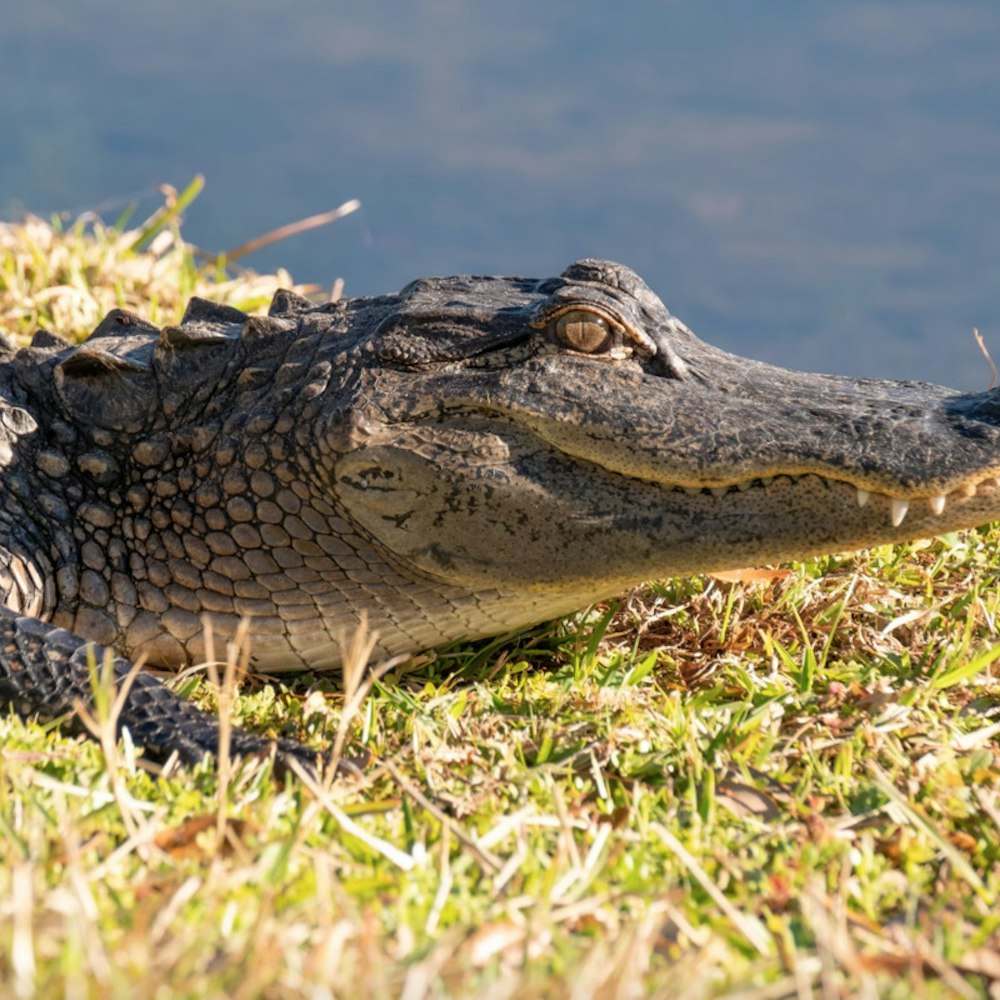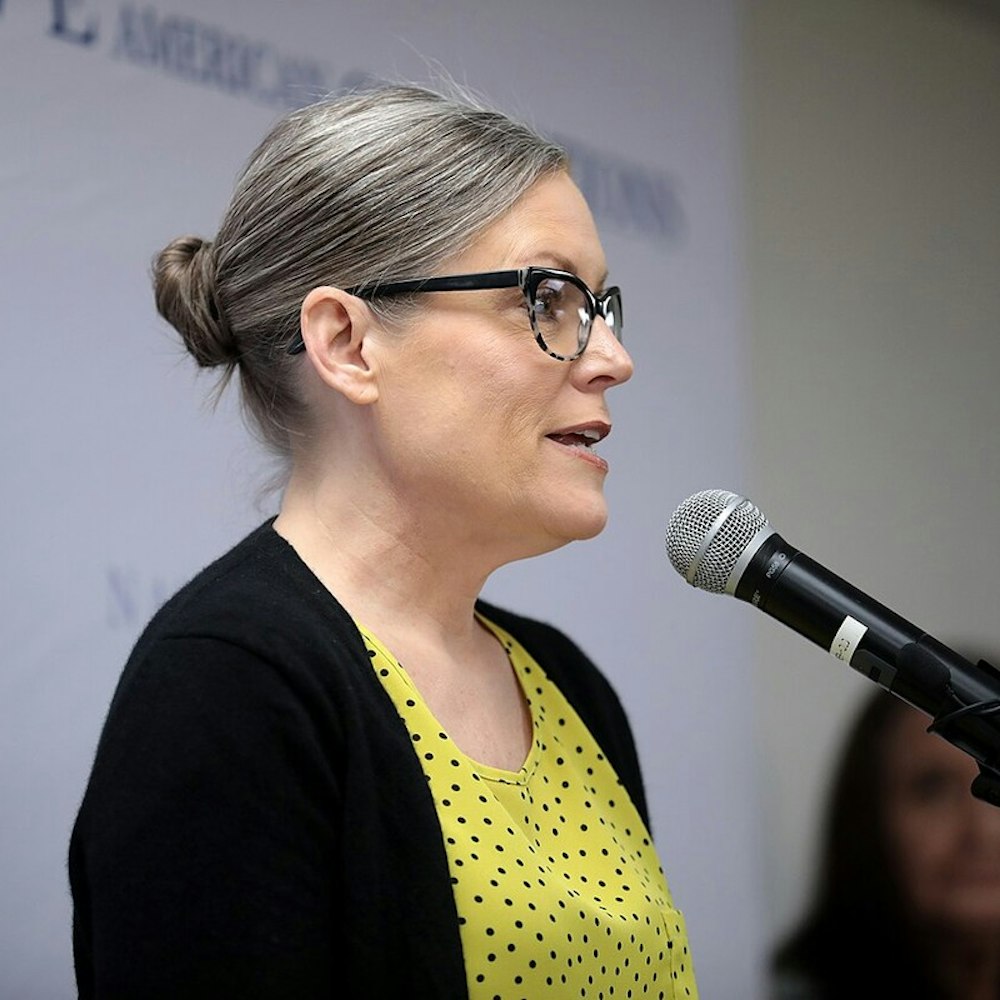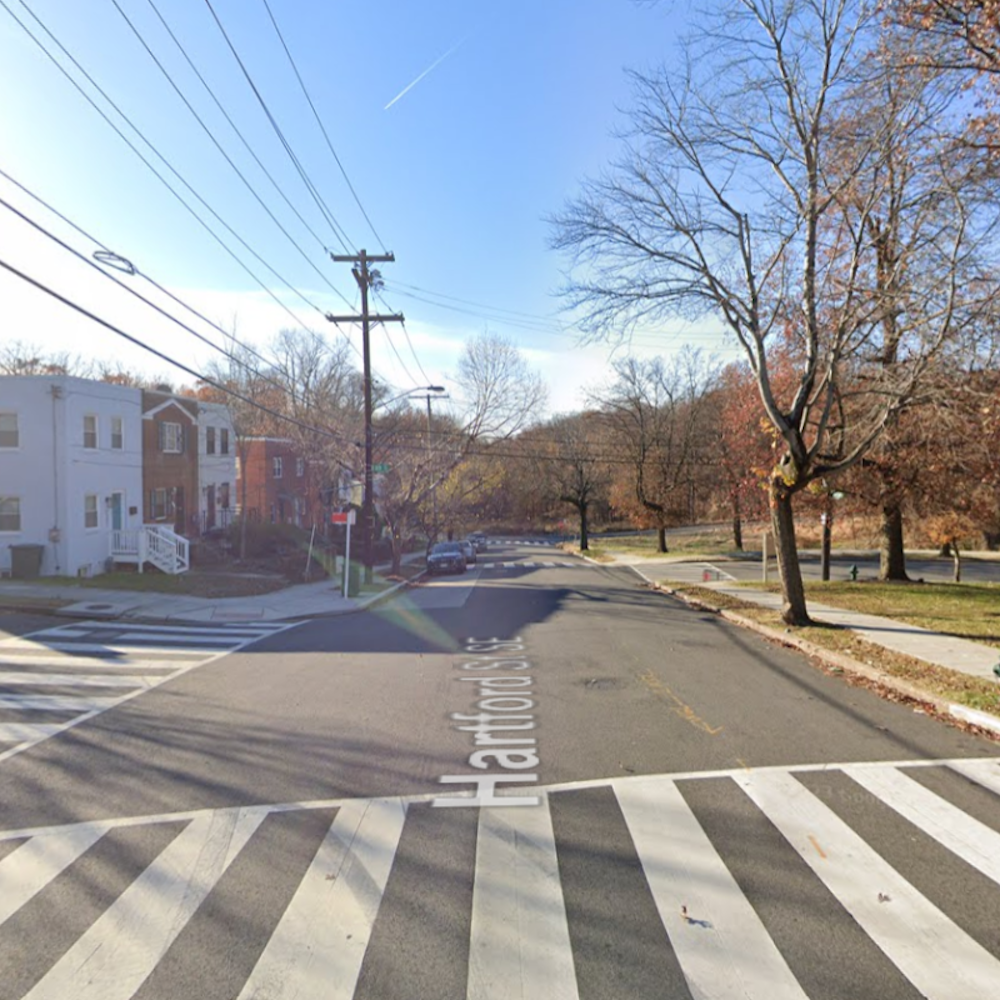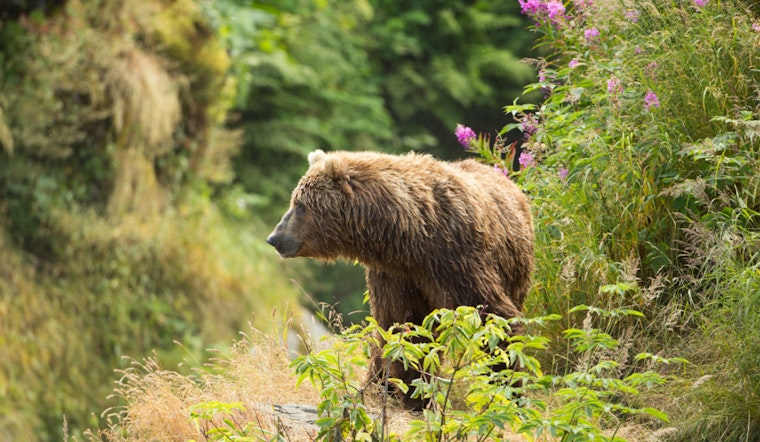
It's time to welcome the grizzly bear back to its historic stomping grounds in Washington's North Cascades. The National Park Service (NPS) and U.S. Fish and Wildlife Service has rolled out a plan to reintroduce the bear species that has been virtually missing in action since 1996. The last time anyone saw grizzly in the U.S. part of these ecosystems was when Bill Clinton was in office.
According to an NPS statement released today, federal agencies plan to transport bears from other populations in the Rockies or interior British Columbia. They are setting their sights on an ambitious quota of three to seven bears annually over five to ten years, aiming to establish a baseline population of 25 bears.
"We are going to once again see grizzly bears on the landscape, restoring an important thread in the fabric of the North Cascades," said Don Striker, Superintendent of North Cascades National Park Service Complex. This statement nods to the role these apex predators once played, as outlined in an NPS statement. Historically, grizzly bears were a significant part of the ecosystem, spreading plant seeds and keeping other animal populations in check. However, decades of human interference reduced their numbers—a trend the agencies are now keen to reverse.
Spanning roughly 9,800 square miles, the U.S. section of the North Cascades is no small playground for these bears. It's wild and rugged, covering more area than the state of New Jersey and largely under the watchful eye of the federal government. Grizzly bears in the area are classified as a nonessential experimental population under section 10(j) of the Endangered Species Act. This classification gives land managers more flexibility in managing bear populations than they would usually have.
Brad Thompson, State Supervisor for the U.S. Fish & Wildlife Service, highlighted the significance of community involvement, saying, "The final 10(j) rule is based on extensive community engagement and conversations about how the return of a grizzly bear population in the North Cascades will be actively managed to address concerns about human safety, property and livestock, and grizzly bear recover," according to an NPS statement. Indeed, the public has been vocal on this topic, submitting over 12,000 comments during the public comment period last fall.
While the NPS is yet to schedule a date for the bears' big move, updates on the project's progress will be posted for public consumption. Bear aficionados and area residents alike can stay looped in on the next chapters of this bear bonanza as the North Cascades prepares for its old friends' return trip.
